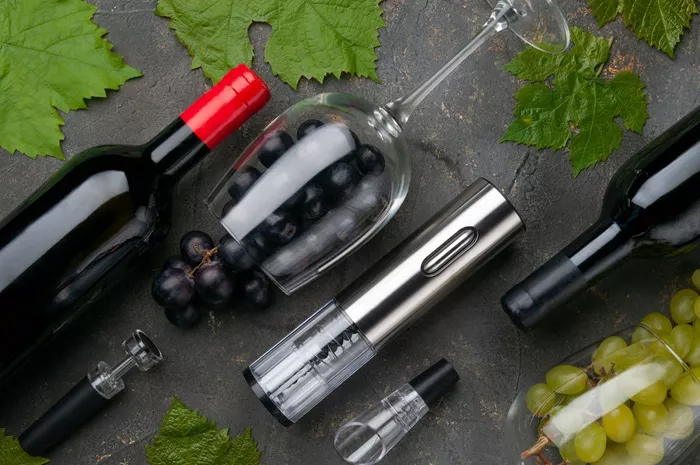OME, Japan — Unusually high temperatures and heavy rainfall have severely affected grape production in Ome, one of the limited wine grape-growing regions in the Tokyo area.
The city cultivates approximately 130 grapevines sent from its sister city, Boppard, Germany, known for its wine production, across three orchards. These vines produce grapes used for both white and red wines. The orchards employ a diverse group of workers, including individuals with disabilities, family members, employees from social welfare facilities, and local farmers.
Typically, the orchards yield an annual average of up to 3,000 kilograms of Riesling grapes for white wine and about 1,000 kilograms of Romeo grapes for red wine. These grapes are processed at wineries located in Yamanashi Prefecture and Tokyo, and the resulting wines are available in local liquor shops. Additionally, they can be awarded as incentives to those who contribute to the municipality through the “furusato nozei” hometown tax payment program.
However, after harvesting the Riesling grapes in late August, workers observed a significant decline in production. The yield dropped to 1,369 kilograms, roughly one-third of last year’s total of 3,980 kilograms. Similarly, the Romeo grapes’ harvest was 918 kilograms, down approximately 150 kilograms from the previous year.
City officials attribute this disappointing harvest to the combination of intense summer heat and excessive rainfall experienced in May and June. “Excess humidity is detrimental, and the situation worsens when the ground dries out due to intense summer heat,” stated an official from Ome. “The Riesling variety is especially vulnerable to diseases and pest infestations under such conditions.”
The rising occurrence of summer heatwaves is making grape cultivation increasingly challenging in Ome. In response, workers are employing various strategies to mitigate the effects, such as spraying water on the vines.
Concerns about grape cultivation are not limited to Ome; even in Boppard, with its cooler climate, growing the Riesling variety is reportedly becoming more difficult. “We are doing our utmost to maintain cultivation in the hot city of Ome, but we are uncertain about future outcomes,” noted an official who recently visited Boppard to assess the situation.
You Might Be Interested In:


